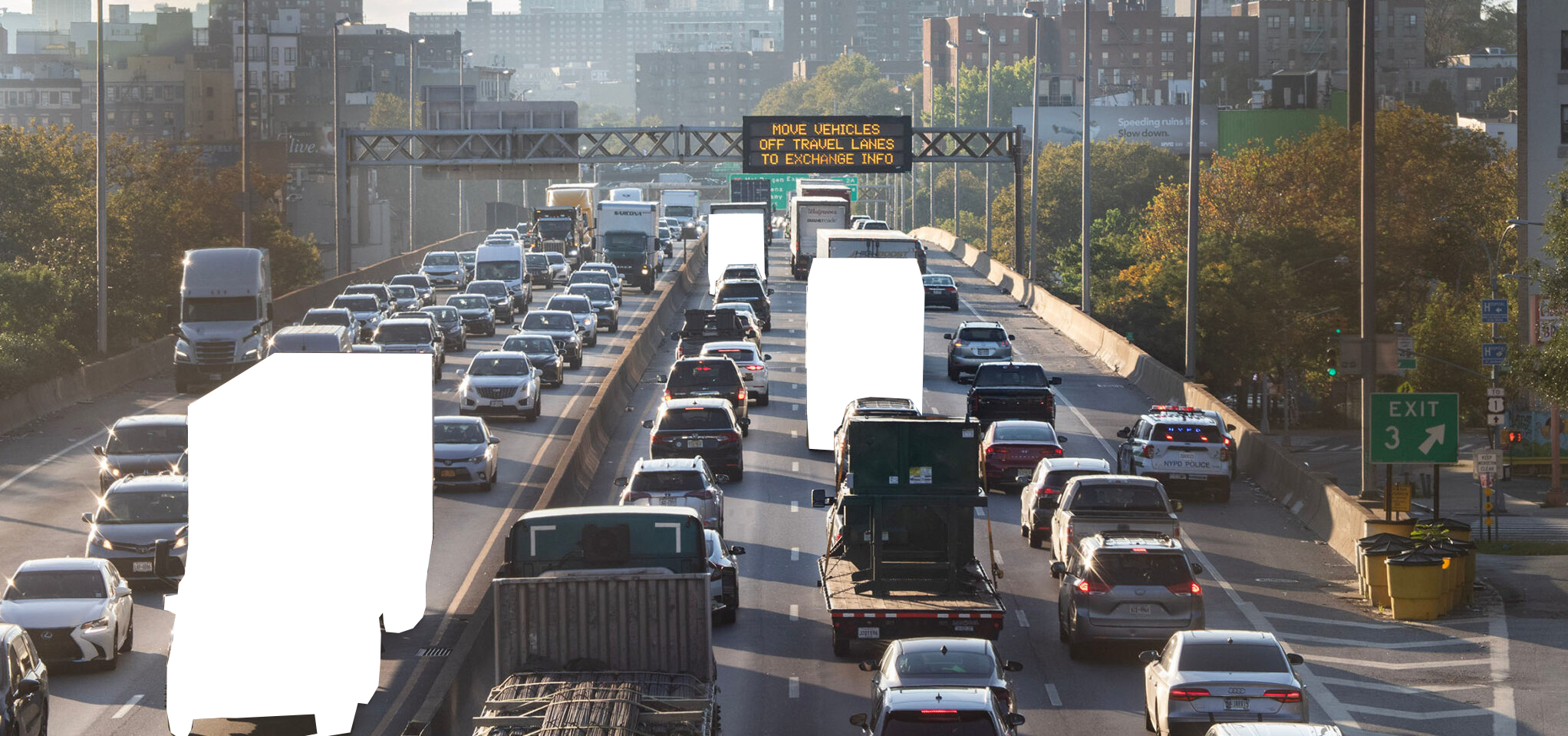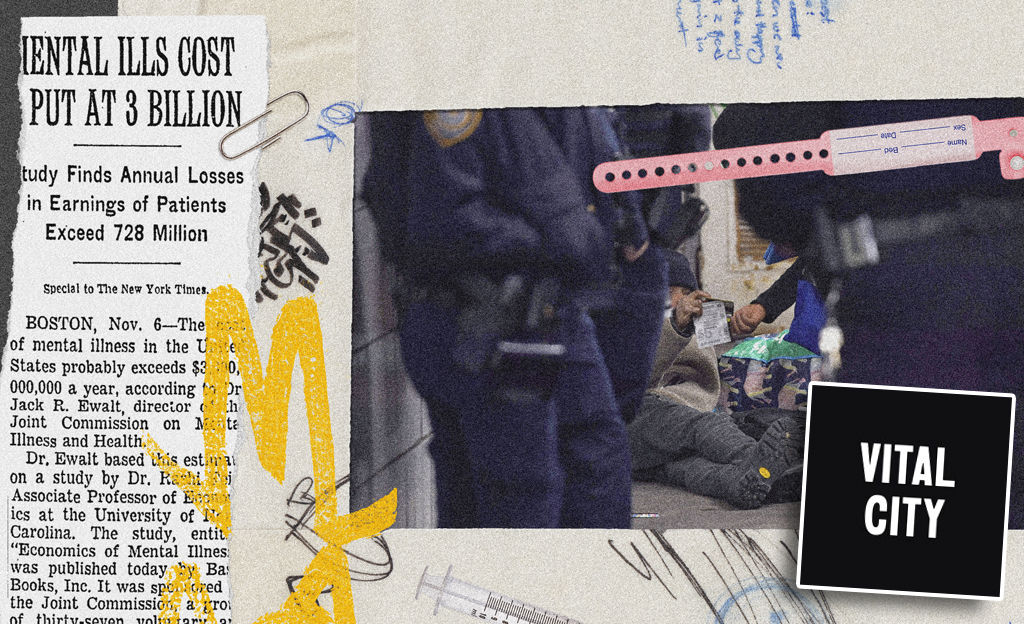Indianapolis took extraordinary measures to limit the fallout as new development spread out from its borders and drained the city's resources. In 1970, the city redrew its political boundaries, effectively annexing its suburbs in a merged city-county government called Unigov.

But Indianapolis didn't get a handle on the underlying problem -- sprawling land use. Aaron Renn at the Urbanophile reports that Unigov is facing the same types of fiscal problems that the city of Indianapolis was looking at 40 years ago:
As I outlined in “The Power of Greenfield Economics” and elsewhere, new suburbs look attractive for a number of transitory reasons: everything is new, state of the art, and exactly in line with current market tastes; no legacy costs; no legacy institutions, deals, political dynasties, etc; few low income residents and thus low social service costs; deferred infrastructure development; the efficiency of large lot development; and scale economics in public service provision in a growth environment.
Eventually though, your shiny new suburb fills up and so growth comes to a halt, then often about the same time it gets old. This sends all of those positive factors into reverse, triggering a cycle of decline that will ultimately cause major problems in vast tracts of suburban America that aren’t either a) wealthy communities or b) in markets that have tight restrictions on new building (which preserves these communities at the expense of rendering them unaffordable)...
The problem [in Indianapolis] is that growth at a rate of 200,000+ people per decade plus further expansion of the urban footprint sent growth out past the boundaries of the merged city and into the surrounding counties. As this happened, the old suburbs of Marion County themselves got old and fell out of favor, and are increasingly zones of suburban blight. The city is now close to being right back where it started. Unigov bought Indianapolis 40 years, but other than using that captured suburban tax base to build up downtown -- a legitimately important and impressive accomplishment -- it otherwise continued with business as usual. The result is that vast tracts of the city are now behind the 8-ball, with no plan or prospect for near term change.
The really bad news, writes Renn, is that Indianapolis still doesn't seem to have learned from its mistakes:
Right now in Franklin Township, one of the few places inside the city limits that is still a greenfield from a development perspective, the city is approving and permitting out vast tracts of low-grade sprawl there. We are building tomorrow’s addition to our pile of problems right now. And nowhere in any city initiative that’s currently ongoing is there any hint of changing that. The same is true all over America. I might suggest the old adage applies: if you’re in a hole, first stop digging.
Elsewhere on the Network today: Bike Portland shares a new game that lets you figure out how to grow bike mode share in Portland. World Streets explains the philosophy behind Europe's 30 km/hr slow zones. And ATL Urbanist says concentrated poverty and segregation are a much more immediate threat to most Atlanta neighborhoods than gentrification.





